Ford’s extraordinary new 2+2 GT fastback concept, shown off at the Frankfurt motor show previews the design of every future model from the Blue Oval – and opens debate as to whether the firm is ready to reinvent the iconic Capri for the 21st century.
Ford has now completed the roll-out of its Kinetic design language – first seen on 2005’s Iosis concept – across its range. The Evos, with its sleek Aston Martin Vantage-style profile, a length the same as the current Focus and the width of today’s Mondeo, is the preview for ‘Kinetic 2.0’, a more premium and technical interpretation of Kinetic design.
"Our message is clear: Evos shows the evolution of Ford’s Kinetic design and you will see every element from it on our future production cars," says Ford of Europe’s executive design director Martin Smith, who deflects comparisons to the Capri by saying he "doesn’t mind what it’s called".
Ford chose a coupe as the basis for displaying its Kinetic 2.0 design principles as "it’s the most ambiguous way to show a design," according to Smith. "We don’t have a coupe in our line up and if we were to show Kinetic 2.0 at this stage on a four-door saloon or a supermini everyone would say, ‘that’s the new Mondeo or Fiesta’. It’s hard to pigeonhole Evos and say it’s the next anything as we don’t have a coupe at the moment."
Front styling
Stefan Lamm, the concept’s exterior designer and the man behind the looks of the Mk2 Focus RS, says the idea of Kinetic 2.0 is to give future Fords a more technical, refined and premium look in a volume marketplace full of fussy ‘me too’ designs.
"Evos is short for evolution," says Lamm. "We looked at Kinetic cars and tried to simplify them." Chief among the evolution of Kinetic design at the front for Evos is a simpler, higher-set, one-piece inverted trapezoidal grille that is flanked by much smaller laser-cut LED headlamps. In the bottom corners of the lower front fascia sit two neatly integrated simple ‘ring’ fog lights.
Lamm believes this new "face of Ford" will work on any of its future models if the size of the grille is correct. The skinny headlights are unlikely to make it onto a small Ka or Fiesta-sized car due to cost reasons, but all the other features will appear across the range.
In profile, the ‘Red Hot Chilli’ coloured-Evos has short overhangs and a ‘shark fin’ effect at the front and the rear. The A-pillars are noticeably thinner than on Ford’s current Kinetic cars and likewise the front windscreen is much more rounded than before, a nod to GT cars of the 1960s and 1970s.
Gullwing doors
This being a concept car, Evos does have a party trick purely for Frankfurt showgoers and one not destined for the next Fiesta or S-Max. At first glance, Evos, with its conventional shutlines, appears to be a three-door, but it is actually a four-door – with Mercedes SLS-style gullwing doors front and rear.
"A three-door GT coupe is not clever or innovative," says Lamm, "and a four-door gives you better rear access." The gullwing doors’ hinges are as well hidden as the shutlines thanks to a one-piece glass roof that also makes up the front and rear windscreens.
Rear styling
Elsewhere at the rear, a high-set light strip runs right across with lights as slim and as well sculpted as those at the front. "You could see this light treatment in a Mondeo," says Lamm.
It is at the rear where the Evos’s role of sporting GT is most pronounced thanks to a Focus ST-style style central exhaust and large diffuser. These are finished in the same satin-aluminium effect as the side skirts and front splitter, a finish chosen over polished chrome as the latter is ìnot modern enoughî and wouldn’t give the Evos the same desired sense of lightness as the satin look.
Interior
While the interior of the Evos may look futuristic and pure concept car, several elements of it will make their way into Ford’s next round of production cars. So expect to see digital instrument panels adopted by all future Fords, along with a 6in or 8in touchscreen on the centre console that controls navigation, heater and entertainment controls. Ford of Europe’s interior design chief, Ernst Reim, says: "We wanted to reduce the amount of 'hard keys'. The result is a design that is cleaner and simpler, and has an improved interface."
Powertrain
Powering the front-wheel drive Evos is a development of the plug-in hybrid powertrain found in the upcoming Ford C-Max Energi. This set-up consists of a 2.0-litre Atkinson cycle petrol engine, electric motor and high-voltage lithium-ion battery pack.
No power and performance figures have been given, but it would be impossible to imagine such a set-up not providing at least 300bhp, sub 6.0sec 0-60mph performance, less than 100g/km Co2 emissions and fuel economy nudging 60mpg.
Dynamics
While Ford is pushing the exterior and interior design and technology story behind the Evos concept at Frankfurt, the firm has also touched on innovative dynamic developments that will be showcased in the car.
‘Adaptive vehicle technologies’ read the road ahead and adjust Evos’s powertrain, steering, suspension and braking systems accordingly. It also logs its driver’s driving style and can adapt and hone itself according to any situation to "take driving engagement to the next level".

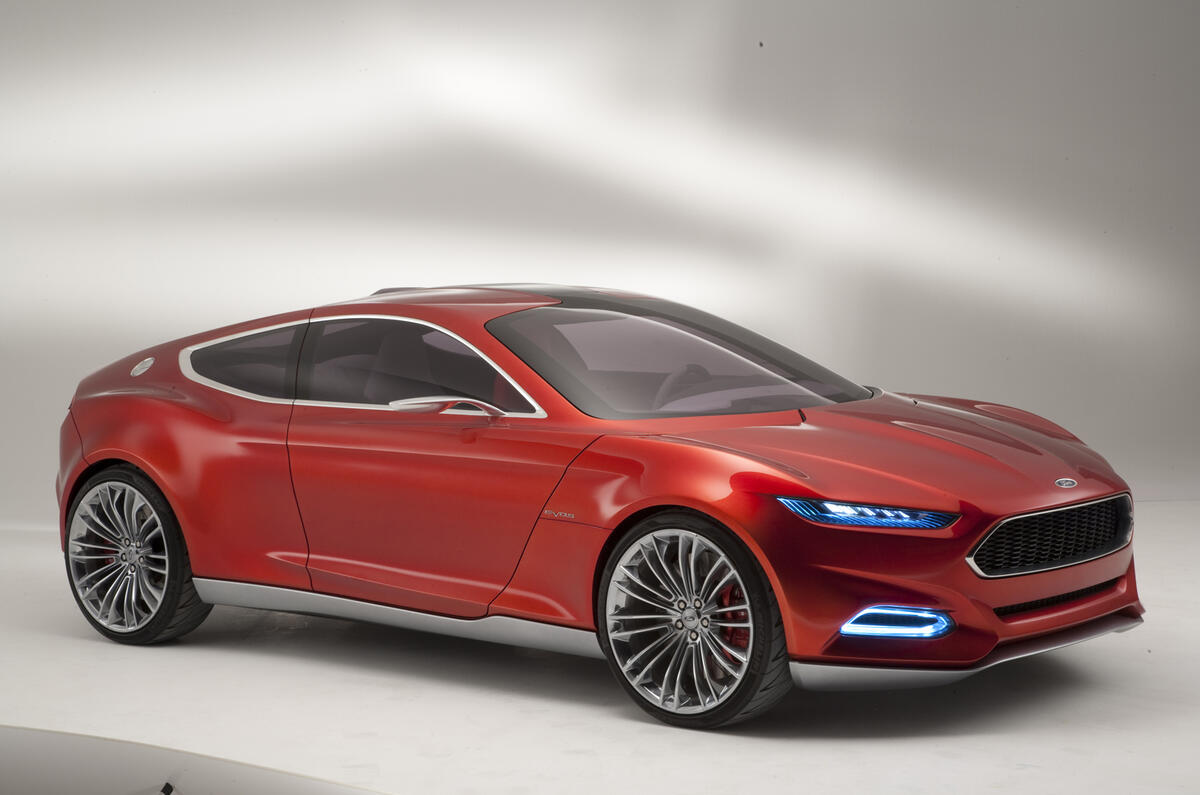

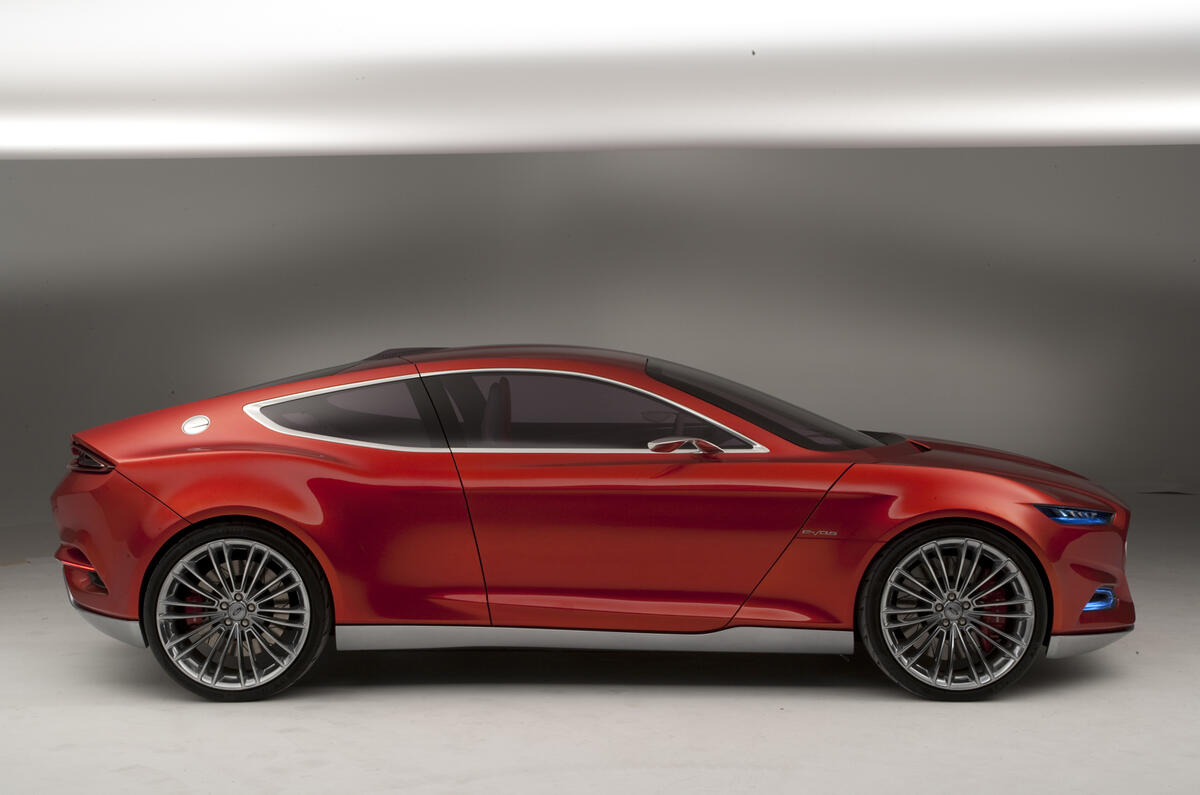
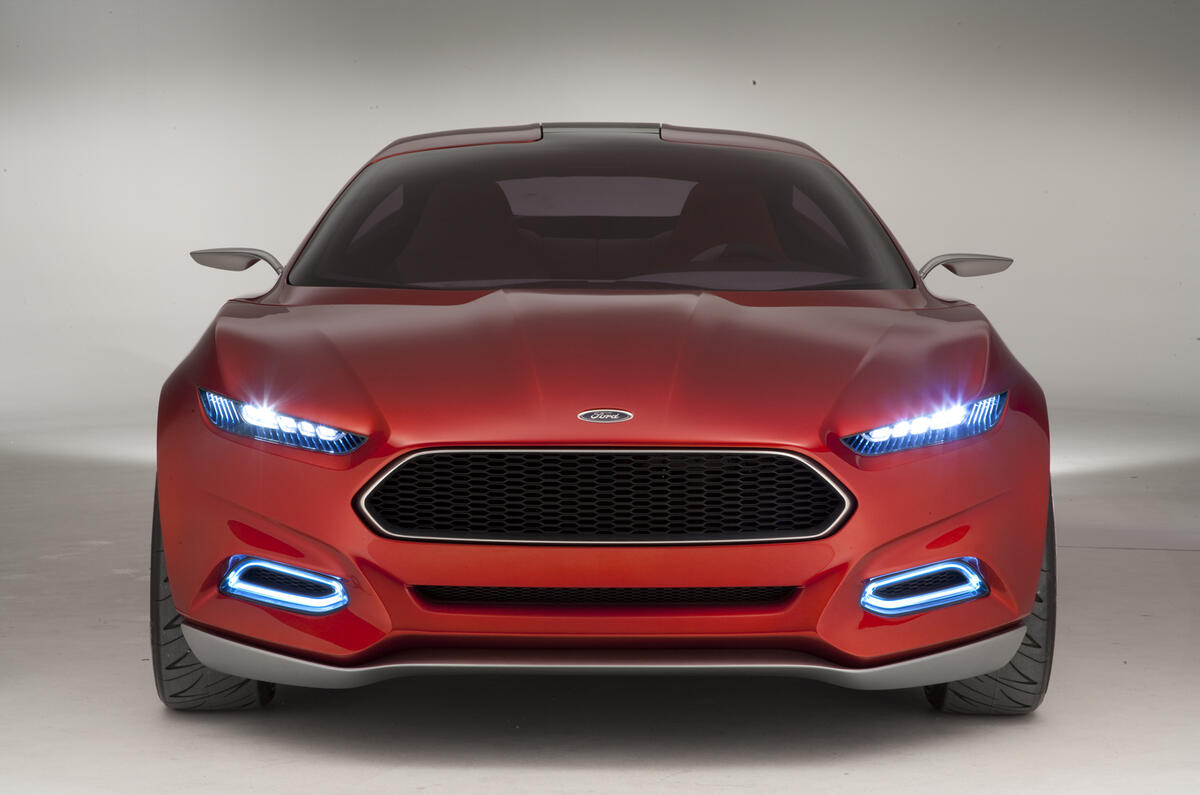
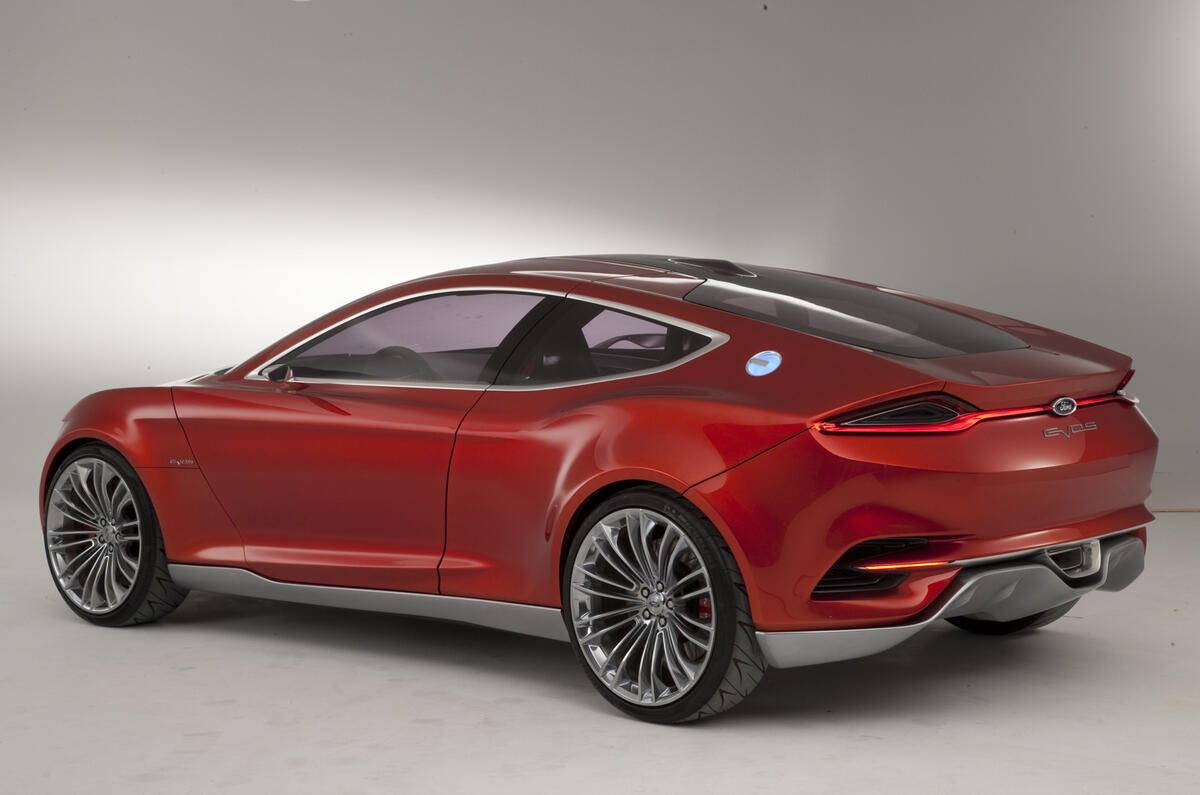
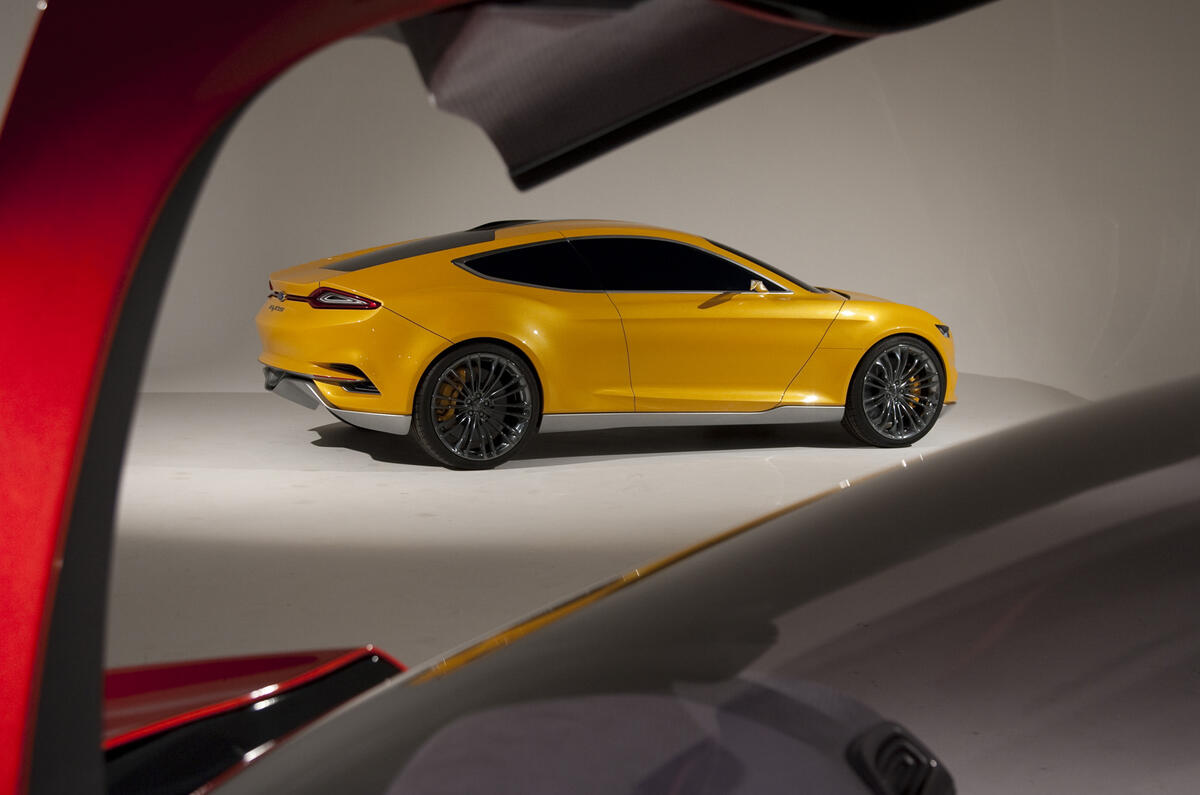
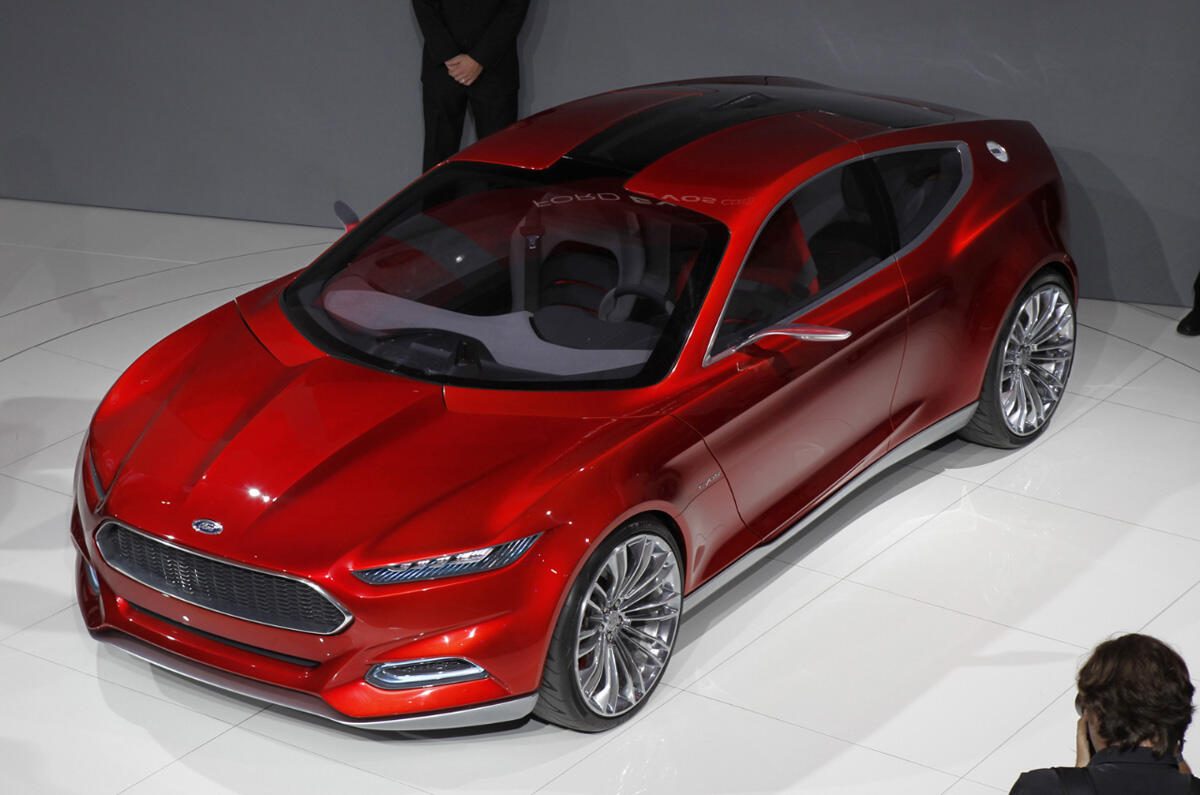
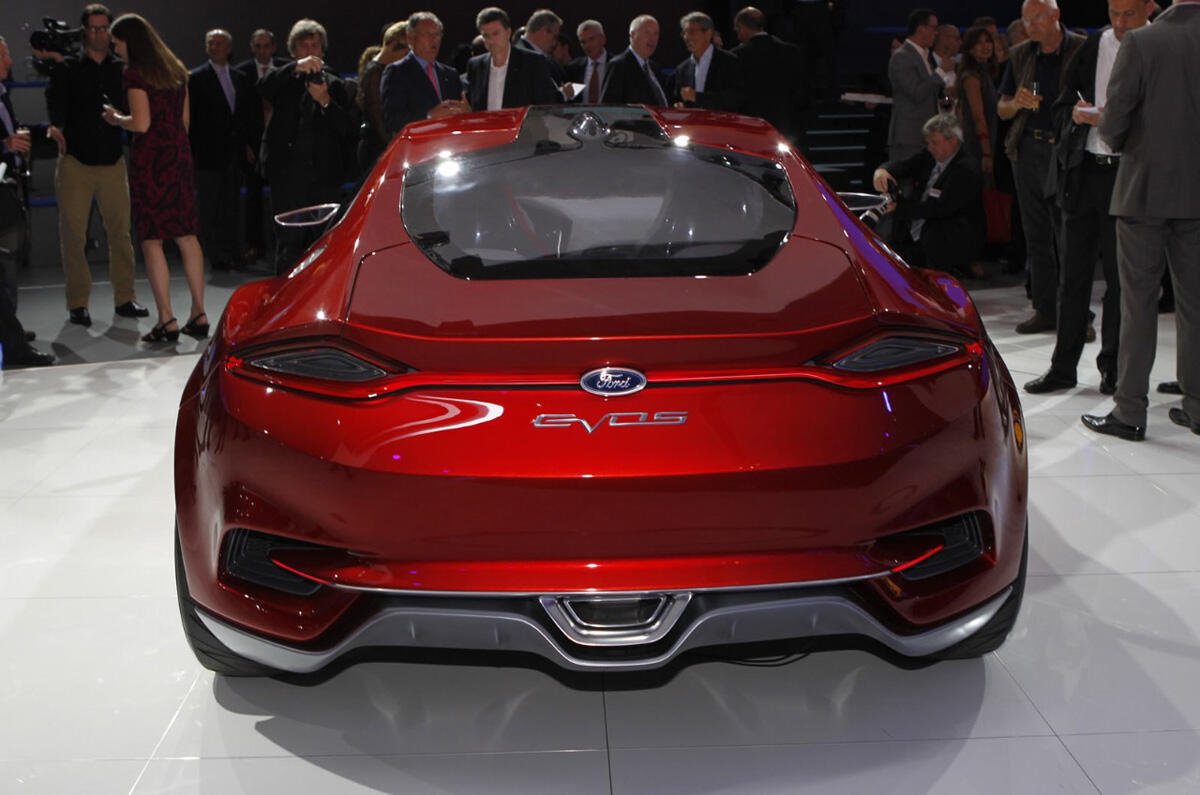
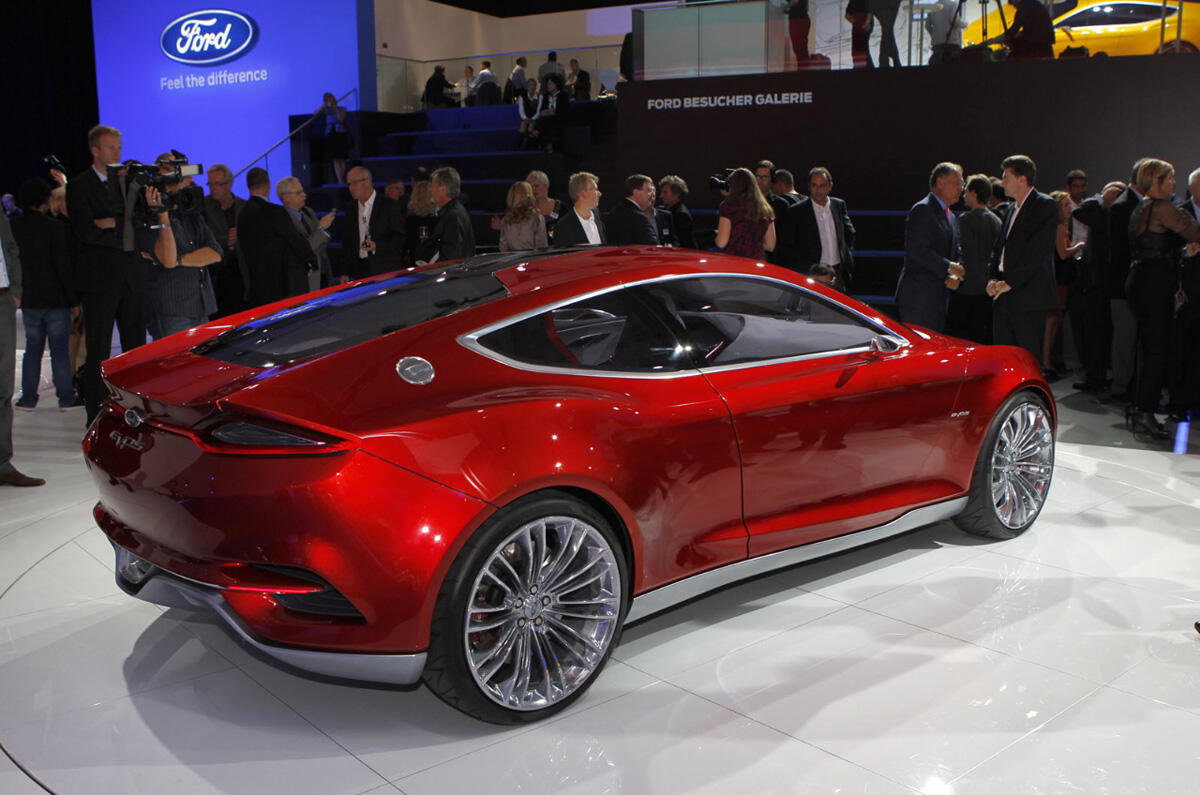
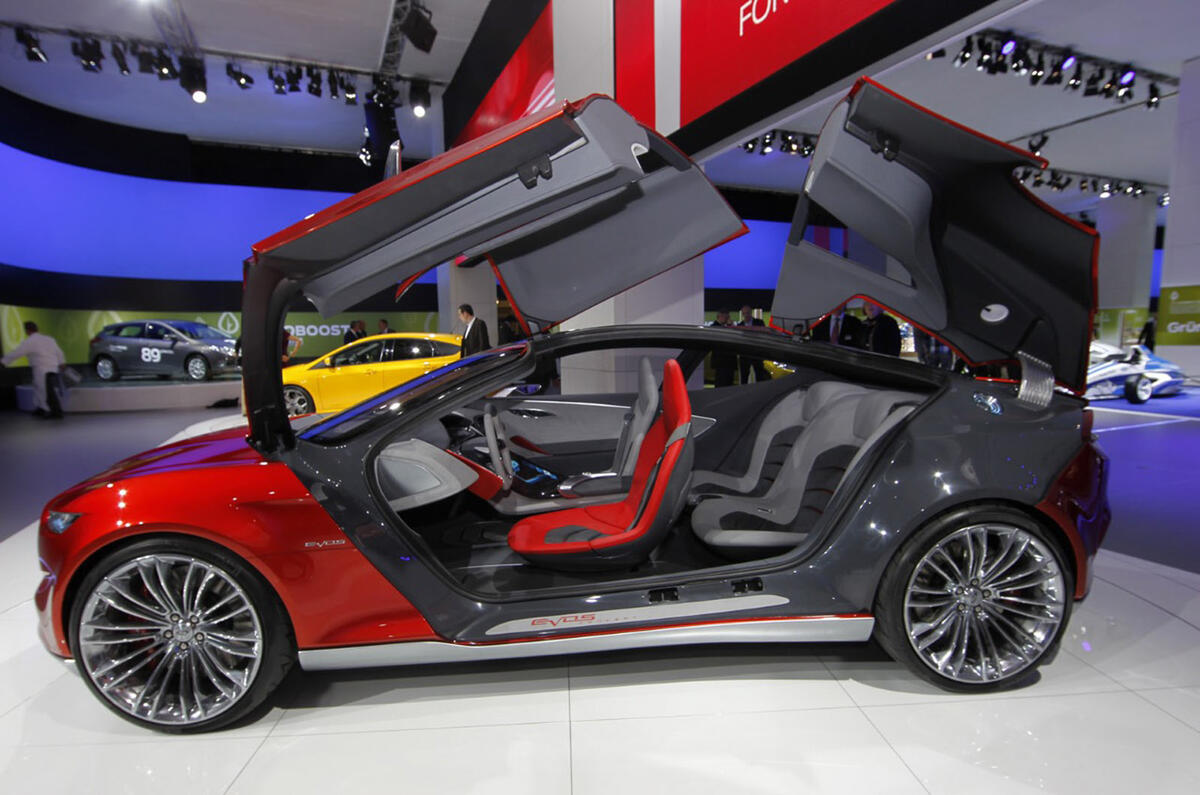
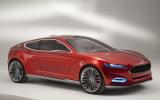


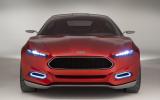
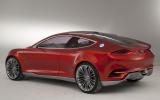
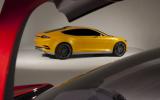
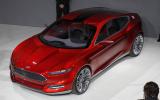
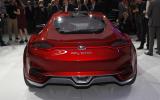
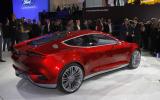
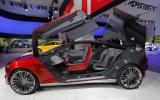





Add your comment